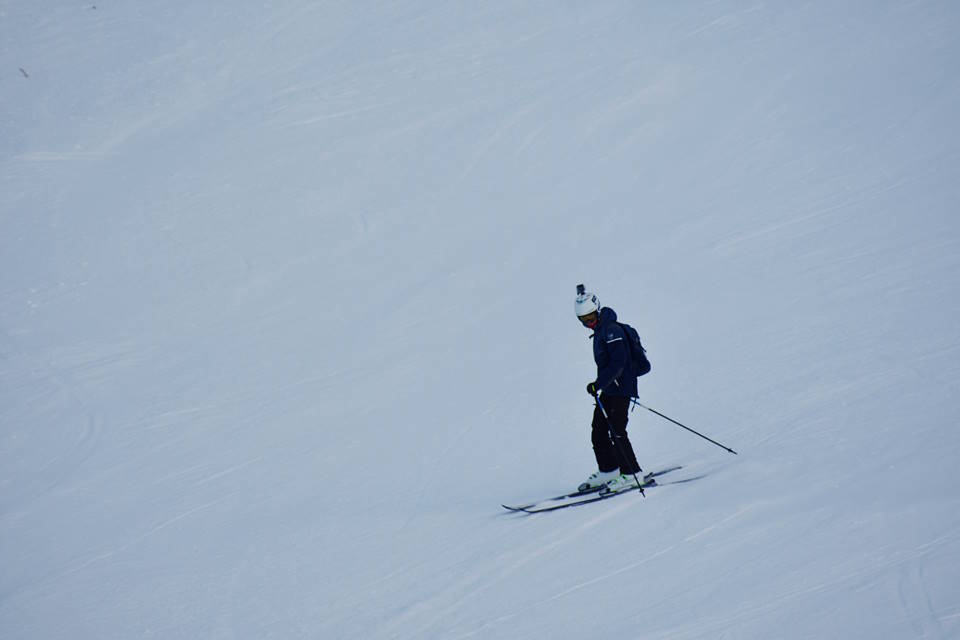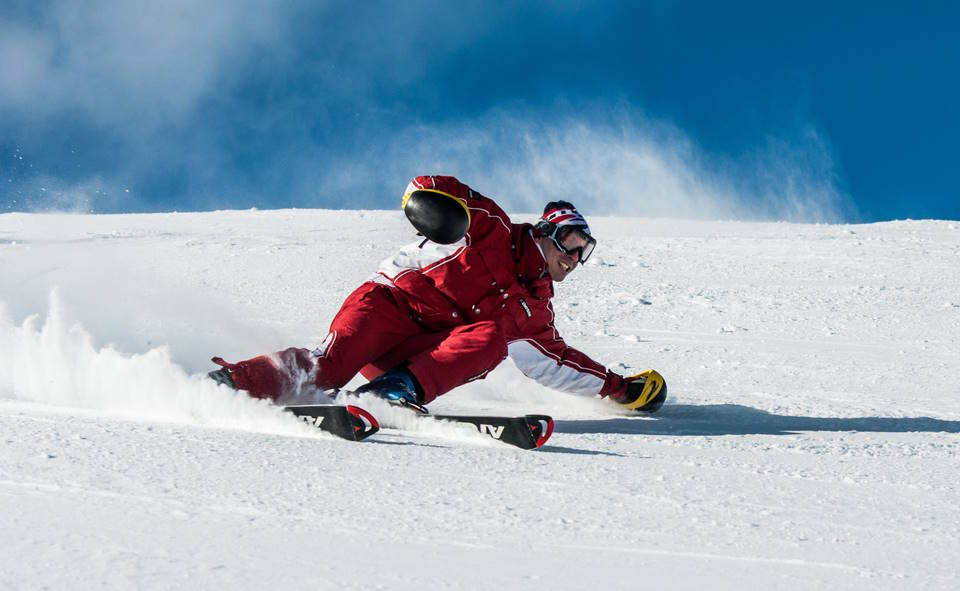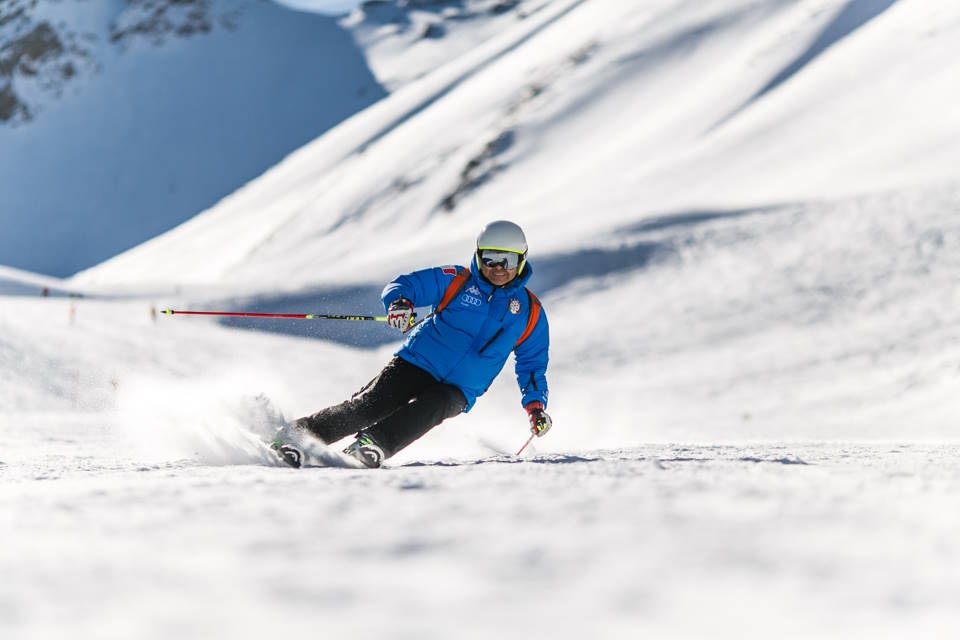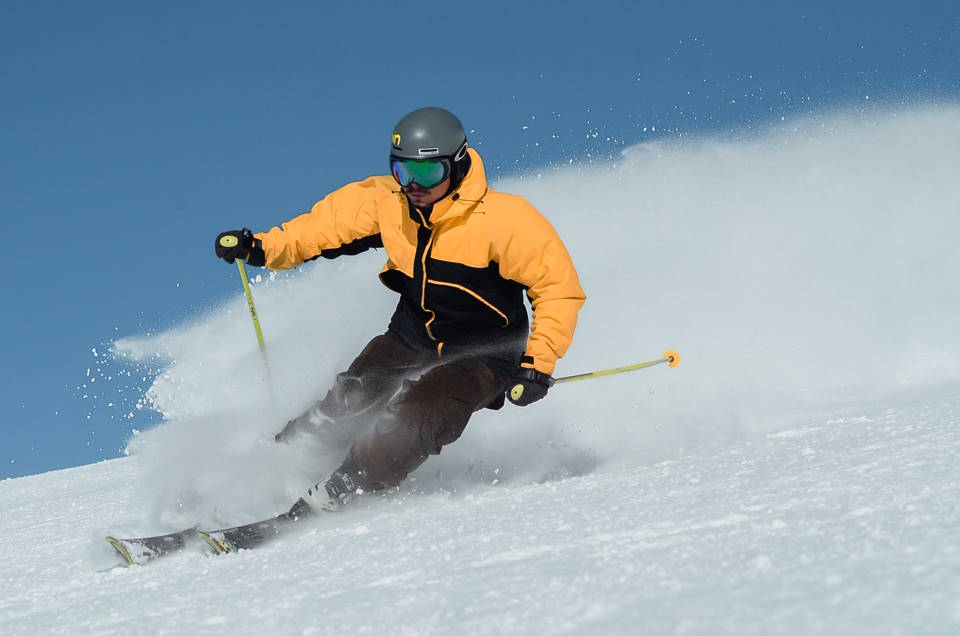Skiing can be an exhilarating and unforgettable experience, especially for first-timers. However, before hitting the slopes, it’s essential to make sure you are properly dressed for the occasion. From base layers to outerwear, gloves, and socks, each piece plays a crucial role in keeping you warm, dry, and comfortable during your ski trip. In this blog post, we will cover everything you need to know about what to wear for your first time skiing. We’ll discuss the importance of choosing the right base layers to keep your body insulated, selecting waterproof outerwear to protect you from the elements, picking the ideal gloves and mittens to keep your hands warm, and finding the perfect ski socks to keep your feet comfortable and dry. By the end of this post, you’ll have a comprehensive understanding of how to dress for a successful and enjoyable skiing experience.Find the best base layers, outerwear, gloves, and ski socks for your next skiing adventure. Expert tips on choosing the right gear.
Choosing The Right Base Layers

When hitting the slopes for the first time, it’s important to make sure you have the right gear to keep you warm and comfortable. One of the most crucial elements of your skiing outfit is the base layer. This is the layer of clothing that sits directly against your skin and helps to regulate your body temperature and wick away moisture. When choosing the right base layers, you’ll want to consider the material, fit, and style.
First and foremost, you’ll want to look for base layers made from moisture-wicking materials such as merino wool or synthetic fabrics. These materials are designed to pull sweat away from your skin, keeping you dry and warm throughout the day. Additionally, consider the fit of your base layers. You’ll want a snug but not too tight fit that allows for maximum mobility and comfort. Finally, think about the style and design of your base layers. Look for seams that won’t chafe or irritate your skin and consider the length of the sleeves and legs to ensure they fit well with the rest of your outfit.
Ultimately, choosing the right base layers is essential to staying warm and comfortable on the slopes. By selecting moisture-wicking materials, the right fit, and a comfortable design, you can make sure that your base layers will keep you cozy throughout your skiing adventure.
Selecting Waterproof Outerwear

When it comes to hitting the slopes, having the right waterproof outerwear is essential to staying warm and dry throughout the day. Whether you’re a beginner or a seasoned pro, the right waterproof jacket and pants can make all the difference in your skiing experience.
When selecting waterproof outerwear, it’s important to consider the material. Look for outerwear made from durable, waterproof fabrics such as Gore-Tex or eVent. These materials are designed to keep water out while still allowing sweat to escape, keeping you comfortable and dry. Additionally, consider the seams and zippers on the outerwear. Fully taped seams and waterproof zippers will further ensure that no moisture seeps in.
Another important factor to consider when choosing waterproof outerwear is the fit. Your jacket and pants should allow for a comfortable range of motion while still providing a snug fit to keep out the cold and snow. Make sure to try on different sizes and styles to find the perfect fit for you.
Finally, don’t forget about the features of the waterproof outerwear. Look for jackets with adjustable hoods and cuffs, as well as pants with reinforced knees and bottoms to protect against wear and tear. Additionally, consider options with ample pockets for storing your essentials while on the mountain.
By taking the time to carefully select waterproof outerwear that meets your needs, you can ensure a comfortable and enjoyable skiing experience, no matter the weather conditions.
Picking The Ideal Gloves And Mittens

When hitting the slopes, having the right gloves or mittens can make all the difference in your skiing experience. Choosing the ideal gloves or mittens depends on several factors, including the weather conditions, personal preference, and skiing style.
For those who prefer more dexterity and flexibility, gloves are the better option. They allow for more movement in the fingers and are perfect for activities such as adjusting equipment or using a touchscreen device without having to take them off.
On the other hand, mittens offer better warmth, as they allow your fingers to be in closer proximity to each other, creating more warmth. They are also a great choice for individuals with cold hands or those who tend to ski in extremely cold conditions.
It’s important to consider the insulation of the gloves or mittens, as well as the waterproof and breathable features. Look for options with sufficient insulation to keep your hands warm, and a waterproof and breathable outer layer to keep them dry and comfortable.
Ultimately, the ideal gloves or mittens for skiing will depend on your personal preferences and the specific conditions you’ll be skiing in. It’s worth investing in a high-quality pair that will keep your hands protected and comfortable throughout your skiing adventures.
Finding The Perfect Ski Socks

When it comes to hitting the slopes, having the right gear is crucial for a successful and enjoyable day. One often overlooked but important piece of equipment is ski socks. Finding the perfect pair can make all the difference in your comfort and performance on the mountain.
First and foremost, it’s important to invest in a pair of ski socks specifically designed for the sport. Regular cotton socks won’t cut it when it comes to keeping your feet warm, dry, and comfortable. Look for merino wool or synthetic materials that are moisture-wicking and provide insulation.
Another factor to consider when choosing ski socks is the level of cushioning and support they offer. A good pair of ski socks should have extra padding in the shins, ankles, and soles to provide comfort and prevent blisters. Additionally, a snug fit without being too tight is essential for proper circulation and to prevent bunching or slipping inside your boots.
It’s also important to take into account the length of the ski socks. Some skiers prefer over-the-calf socks for added warmth and to prevent snow from getting inside their boots, while others may opt for mid-calf length for a more minimalist feel. Regardless of your preference, be sure to try on a few different pairs to find the perfect fit for your needs.
Finally, don’t overlook the importance of proper care and maintenance for your ski socks. Be sure to follow the manufacturer’s instructions for washing and drying to ensure that they maintain their shape, insulation, and moisture-wicking properties over time.




